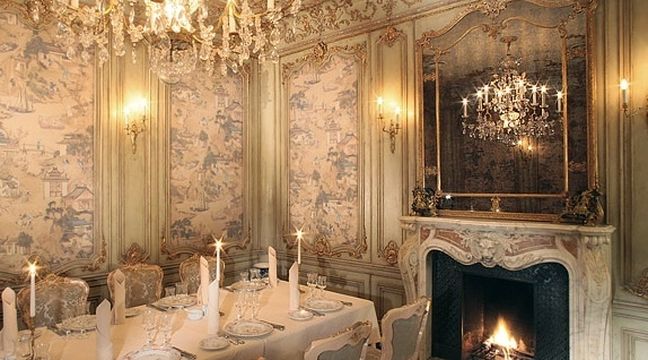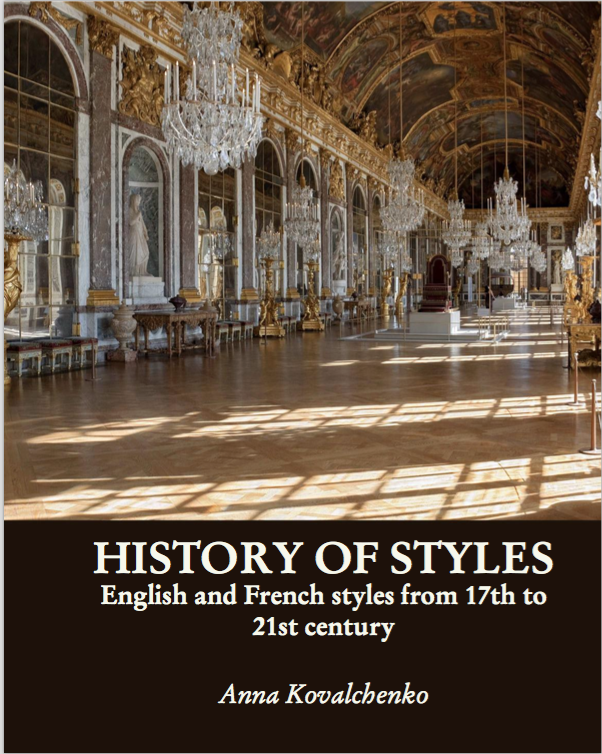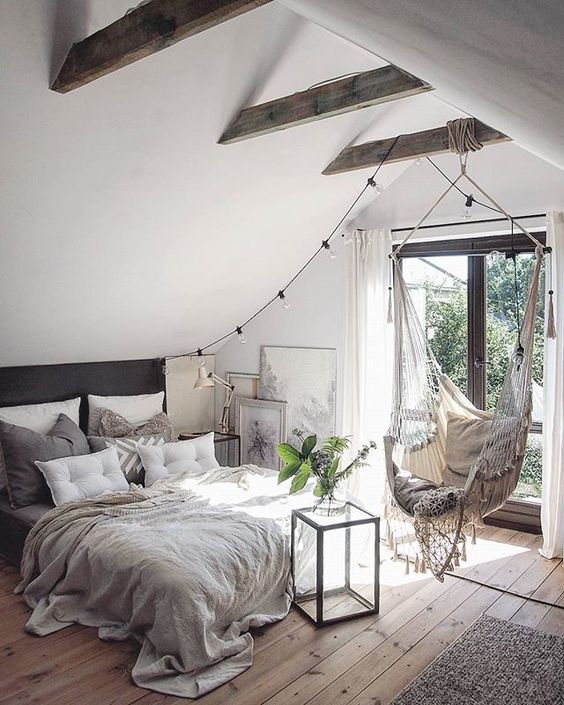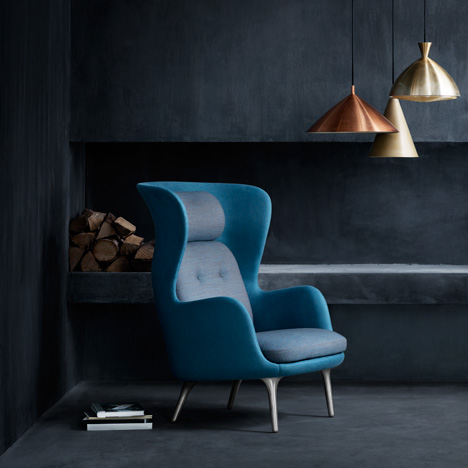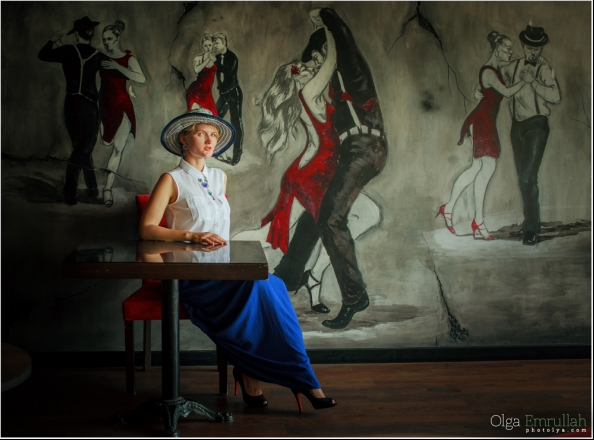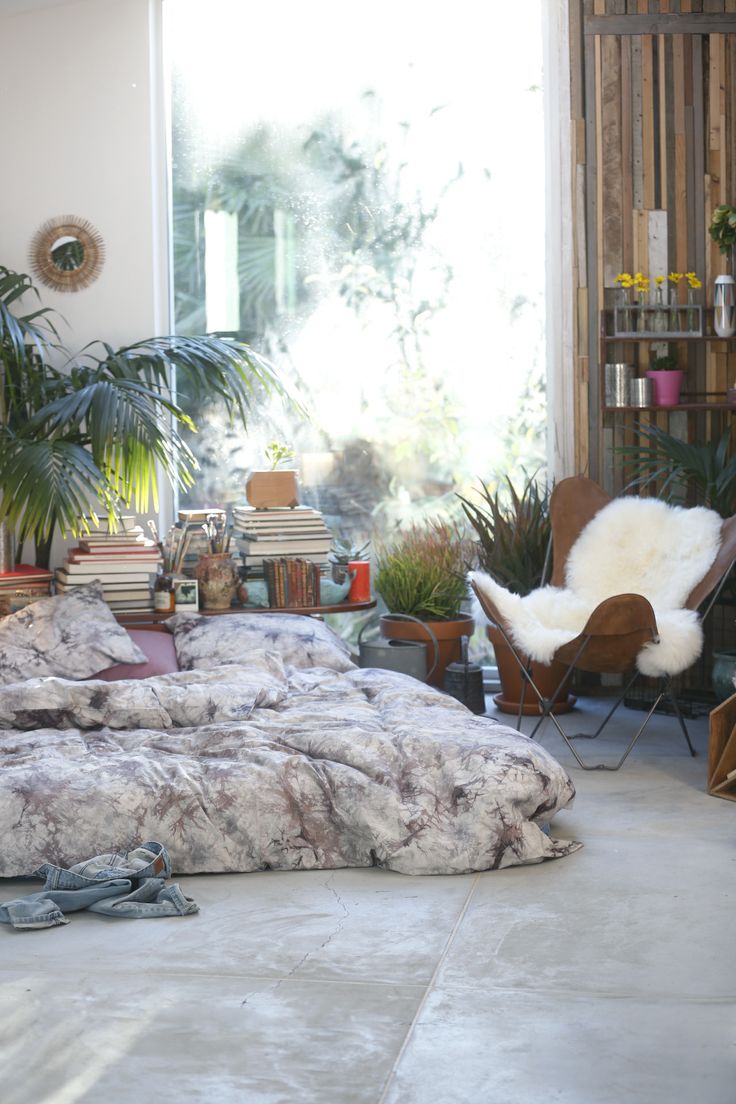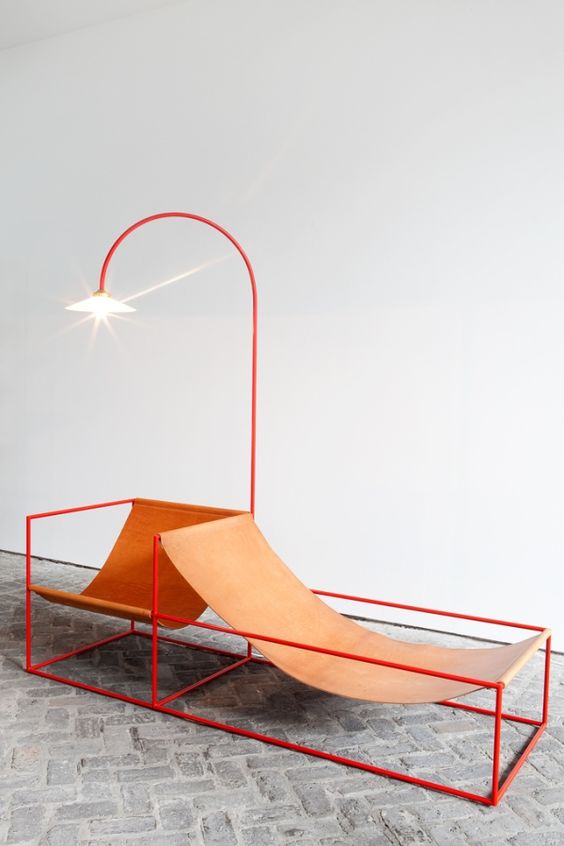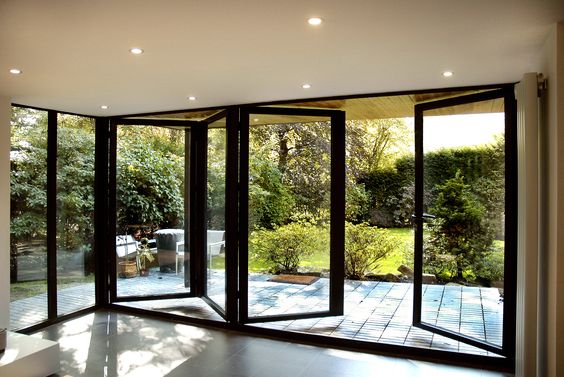Style at a Glance: Chinoiserie
It’s been a while I didn’t write anything in my History of Styles folder. My latest post there was dedicated to Rococo, and I thought it might be a good idea to go deeper and explore the style which is closely related to it – Chinoiserie.
As usually, a little bit of history… At the end of XVII century Europe became obsessed with all things China. This was the time when merchants from the East India Company established trade with Asian countries. From their expeditions they brought whimsical products and incredible stories about distant and mysterious country – China. Finest silks, delicate porcelain, hand-painted furniture with exotic ornaments won hearts and minds of Europeans.

Chinoiserie appearance also coincided with the rise of Rococo. Secluded look of Asian interiors was a perfect match for private character of Rococo. Aristocrats started to use Chinoiserie to decorate their boudoirs, bedrooms and gazebos.

Since authentic products coming from China were incredibly expensive, European manufacturers learned to produce their cheaper imitations. They also adapted Chinese products to European taste: very often these were furniture or decorative objects in Rococo style decorated with Chinese ornaments. For example, artists painted typical Rococo pastoral plots but featuring Chinese Emperor and his servants instead of European aristocrats. This explains the term Chinoiserie or “Chinese-esque” – style created in Europe under influence of China.
One of the characteristics of Chinoiserie style was the use of luxurious materials. For example, the original Chinese wallpaper was made from pure silk: the fabric was impregnated with a substance resembling starch which glued the threads together making this material very strong and lasting.
Chinoiserie style is very easy to recognize. Have a look of its key features and hallmarks in the presentation below:
Since its emergence in the XVII century Chinoiserie experienced several revivals. In the XXI century, it is again very popular. It has influenced several collections of the main housewares and became lately one of the biggest trends. Chinoiserie gives a lot of freedom for interpretation: it can be very discreet by being present only through several Chinese-style accessories which give a light oriental flavor to the room, or it can be bold and pompous like in this interior of the Turandot restaurant in Moscow:
If you want to add some touch of Chinoiserie to your house consider using these wonderful pieces created by famous modern designers:
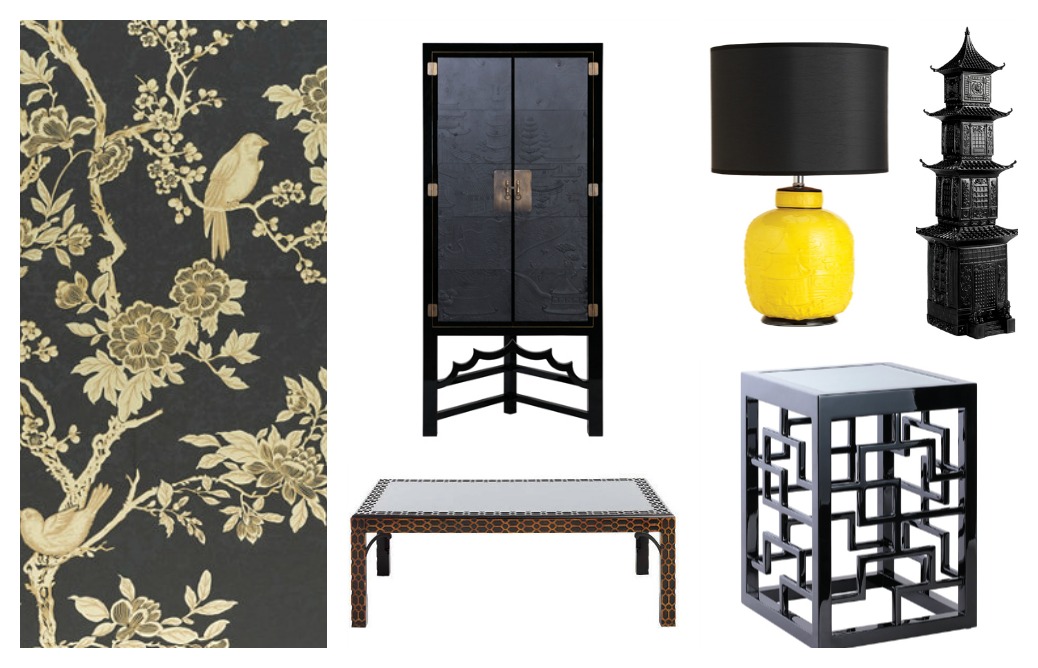
Want to learn more about various interior styles? Check my “HISTORY OF STYLES” book:

